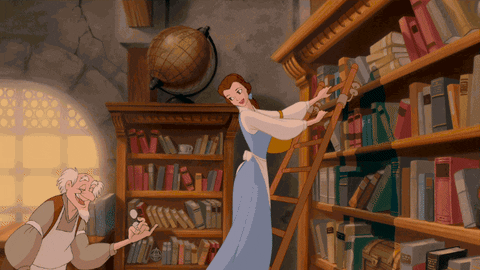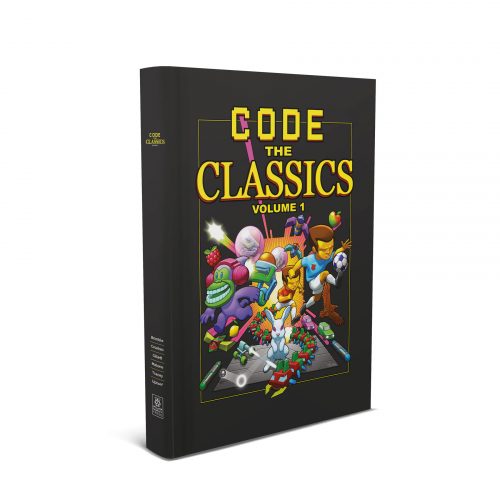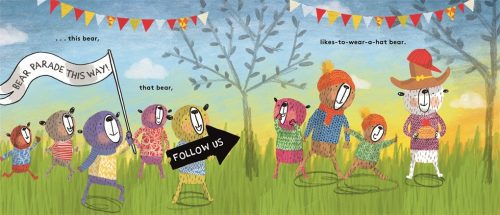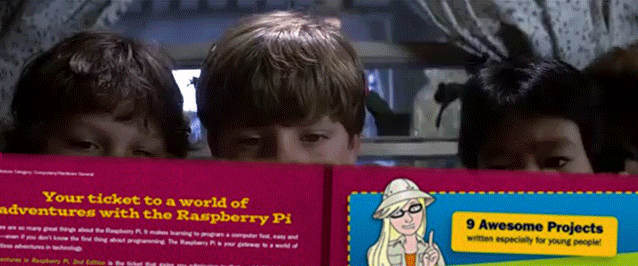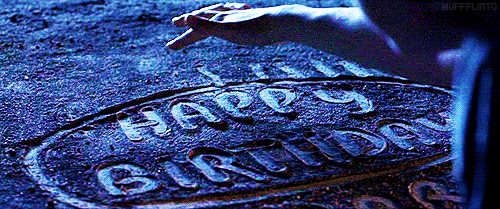Schlagwort: books
-

Digital Making at Home: Storytelling with code
Reading Time: 3 minutesWelcome back to Digital Making at Home from the Raspberry Pi Foundation! If you’re joining us for the first time this week, welcome: you’re now part of a global movement with other young digital makers from all over the world. You’re in great company, friend! You all CRUSHED making your own games…
-

Code the Classics on sale now
Reading Time: 4 minutesTL;DR: we made a fully automated luxury gay space communist type-in-listing book. Buy it now and get it in time for Christmas. Back in the dawn of time, in the late 1980s, I grew up on a diet of type-in computer game listings. From the BBC Micro User Guide, to The Micro…
-

Get started with… Arduino?
Reading Time: 3 minutesYes, you read that title right, and no, you haven’t accidentally stumbled upon the Arduino Foundation’s website. Today, we’re pleased to announce a new addition to the Raspberry Pi Press family: Get Started with Arduino, a complete how-to guide to help you get hands on with the other pocket-sized board. But why? Why…
-

Get started with… Arduino?
Reading Time: 3 minutesYes, you read that title right, and no, you haven’t accidentally stumbled upon the Arduino Foundation’s website. Today, we’re pleased to announce a new addition to the Raspberry Pi Press family: Get Started with Arduino, a complete how-to guide to help you get hands on with the other pocket-sized board. But why? Why…
-

Bringing a book to life with Raspberry Pi | Hello World #9
Reading Time: 4 minutesSian Wheatcroft created an interactive story display to enable children to explore her picture book This Bear, That Bear. She explains the project, and her current work in teaching, in the newest issue of Hello World magazine, available now. The task of promoting my first children’s picture book, This Bear, That Bear,…
-

Philip Colligan wants your books (for our library)
Reading Time: 2 minutesYou may have heard the news that the Raspberry Pi Foundation recently took up residence in a new location. And unlike previous offices, the new building offers up more room for members of the team to work and learn, including the yet-to-be-named library. (I’ll have thought of name by the end of…
-

A list of Raspberry Pi books for #BookLoversDay
Reading Time: 5 minutesWhile yesterday’s blog post covered YouTubers who create video tutorials about using the Raspberry Pi, today we want to focus on a more traditional medium in honour of #BookLoversDay. Since we launched the Raspberry Pi back in 2012, staff and community members alike have been writing guides and projects books about our…
-

Happy Birthday, Harry Potter: wizard-worthy Pi projects
Reading Time: 5 minutesToday marks Harry Potter’s 38th birthday. And as we’re so, so very British here at Raspberry Pi, we have no choice but to celebrate the birth of The Boy Who Lived with some wonderfully magical projects from members of the community. Build your own Daily Prophet After a trip to The Wizarding…
-

17 Amazing Pictures of Sculptures Carved Directly Into Books
Reading Time: < 1 minuteGuy Laramee has been known to create some amazing lifelike landscapes, architecture, and iconic sites from stacks of books, and what you’re looking at above is his latest work, titled „Adieu“. Some know that after 244 years, Encyclopedia Britannica will cease printing their famous book sets. So, Guy decided to pay…
